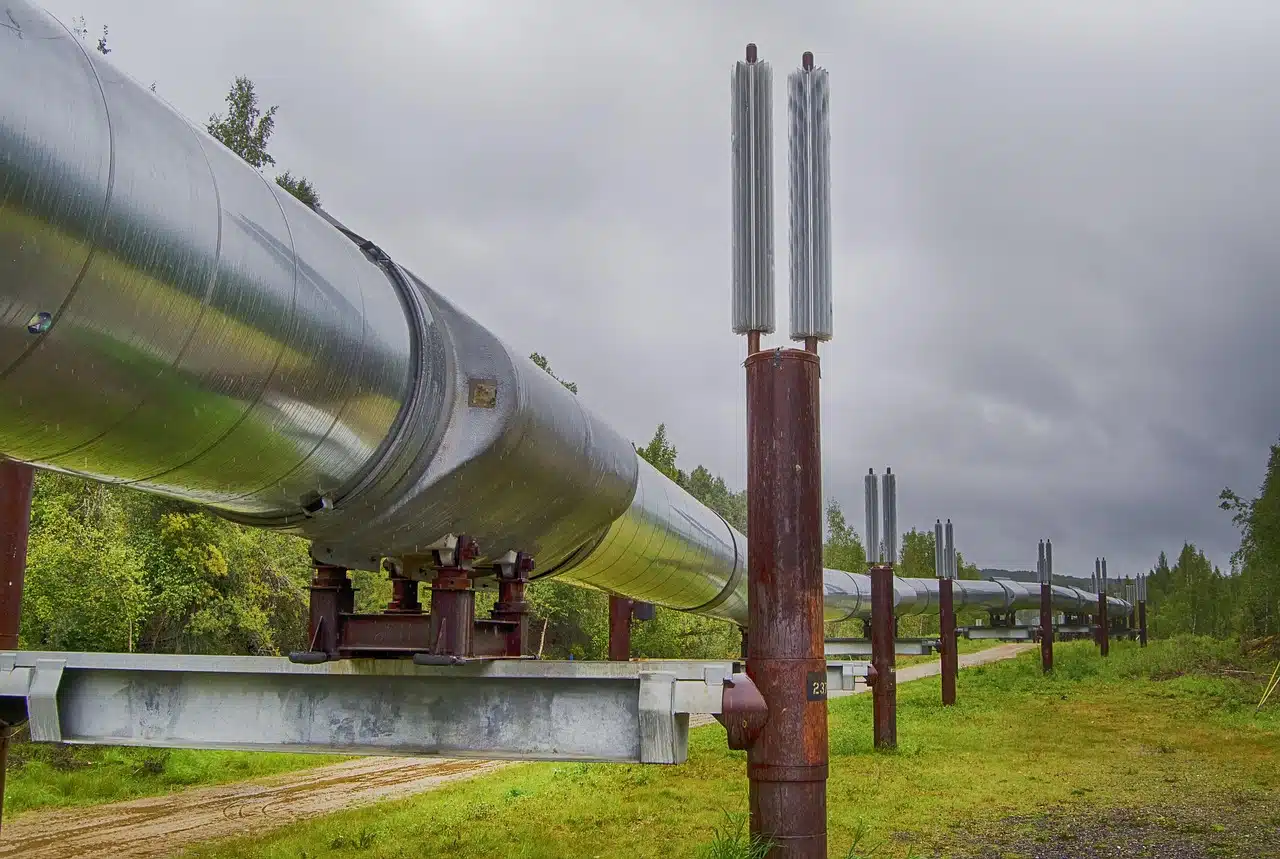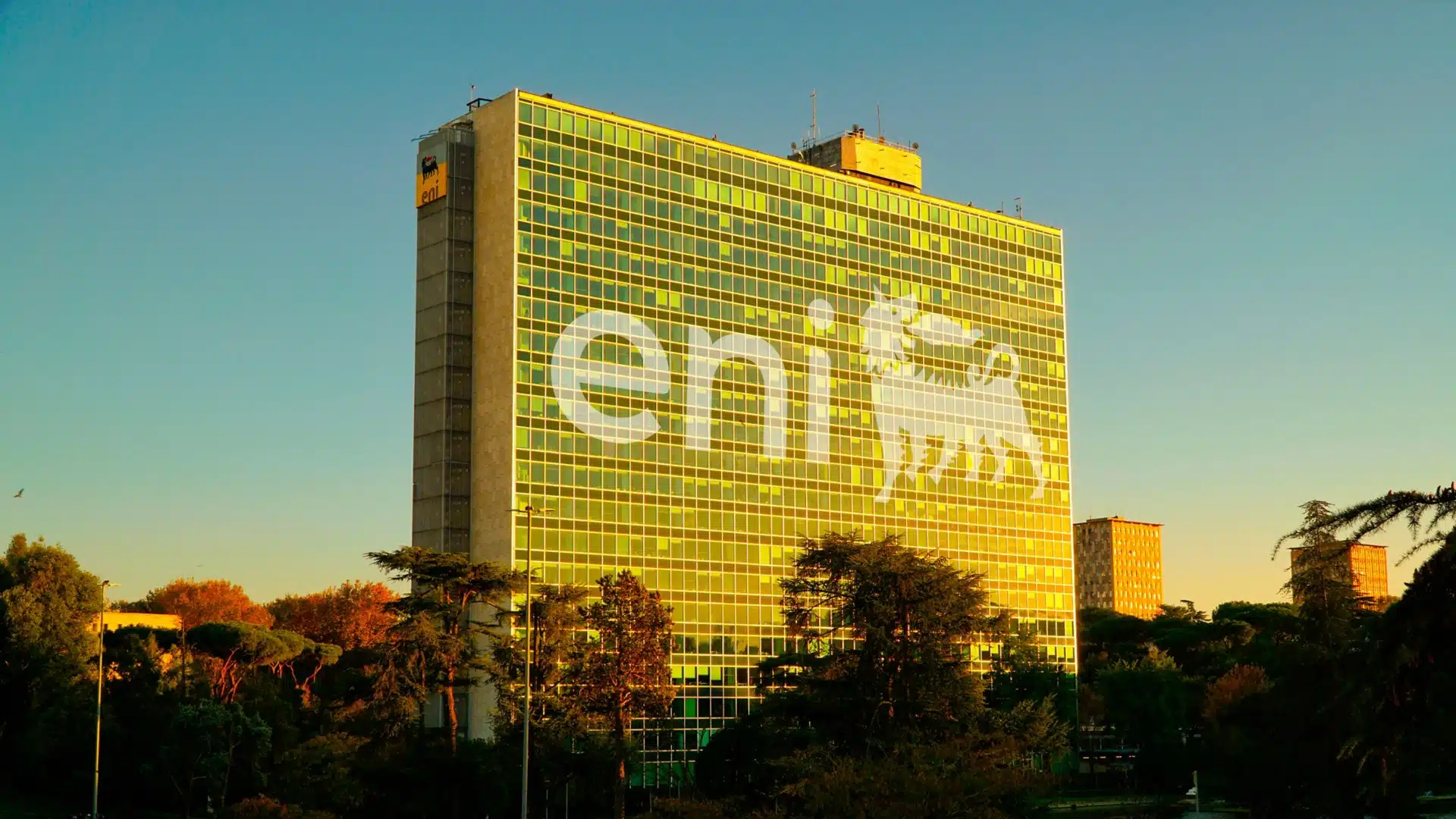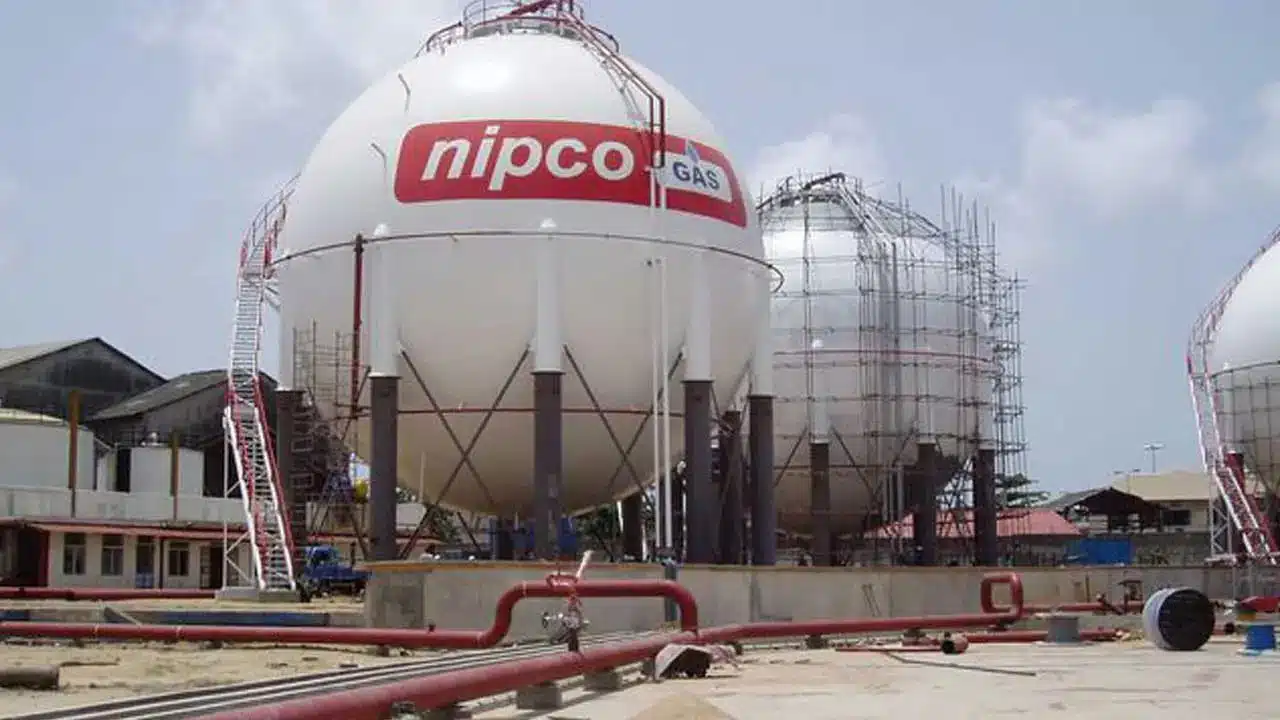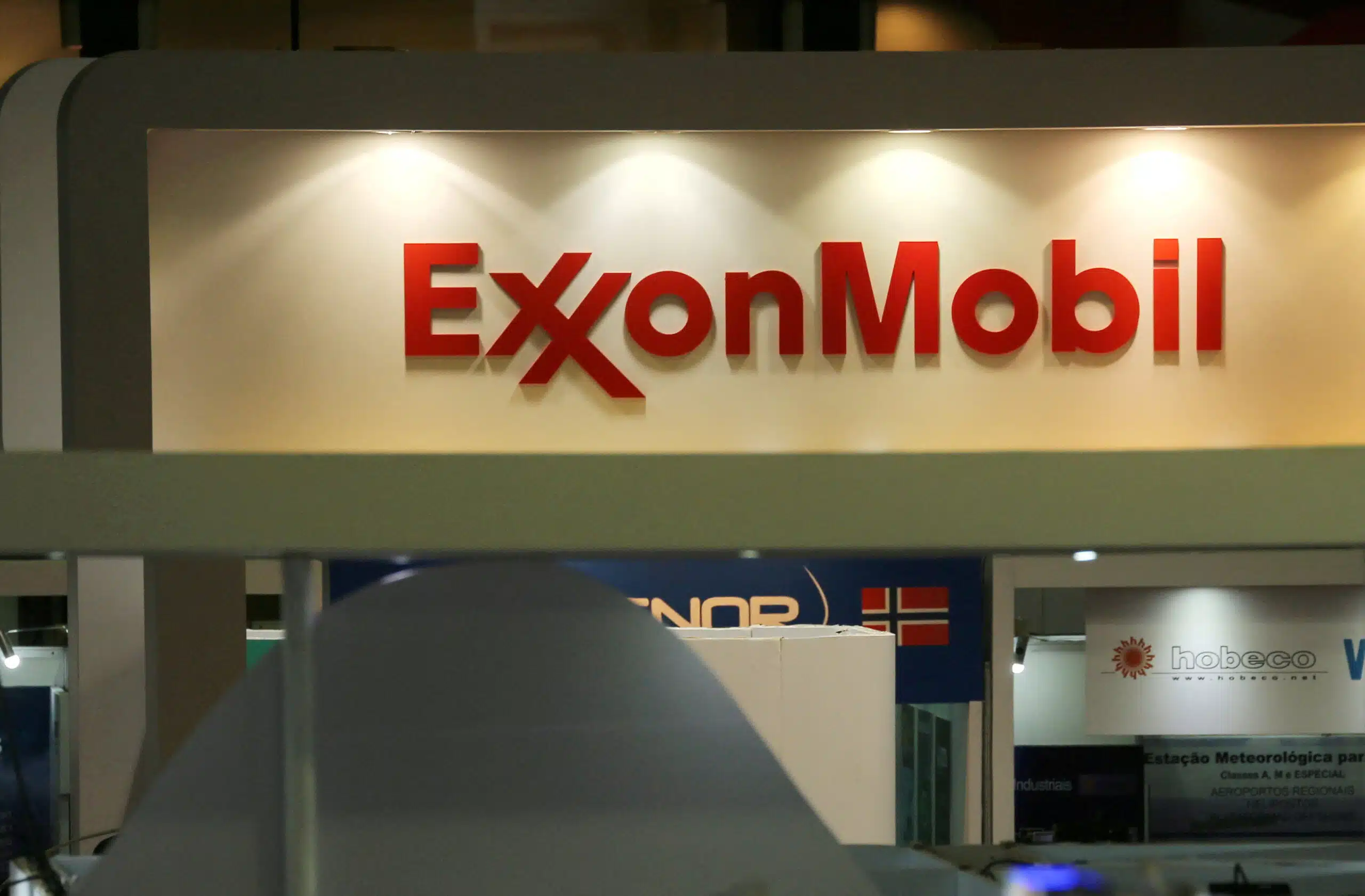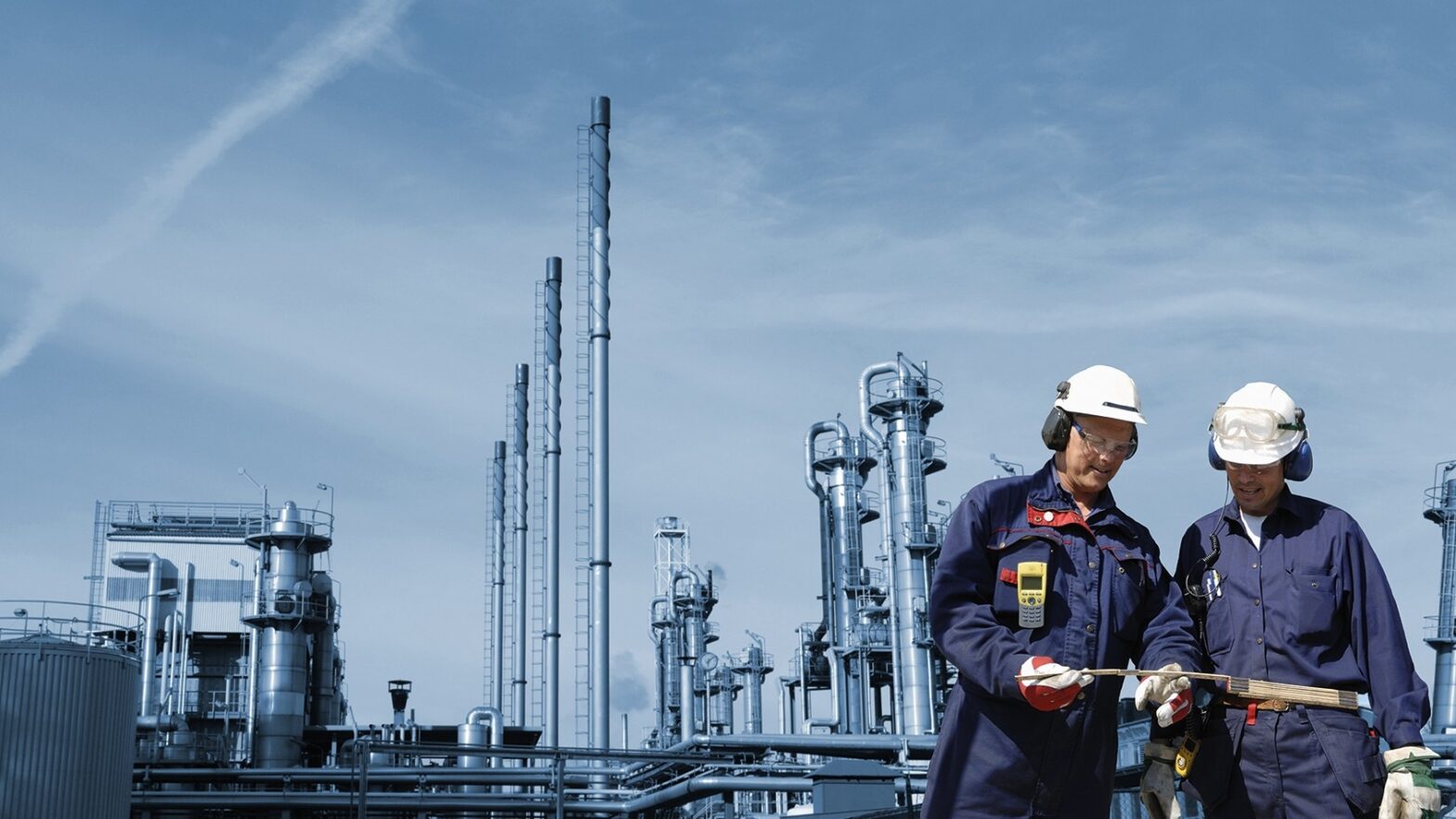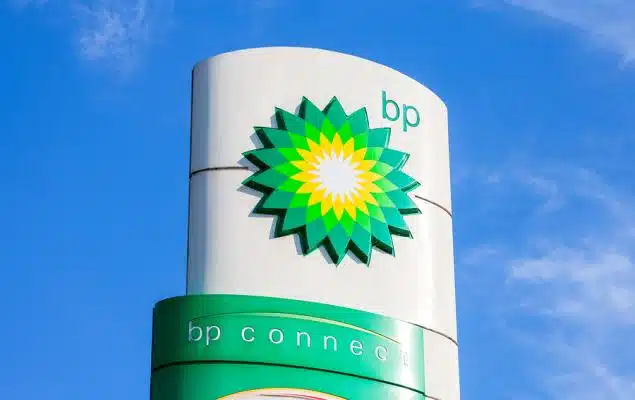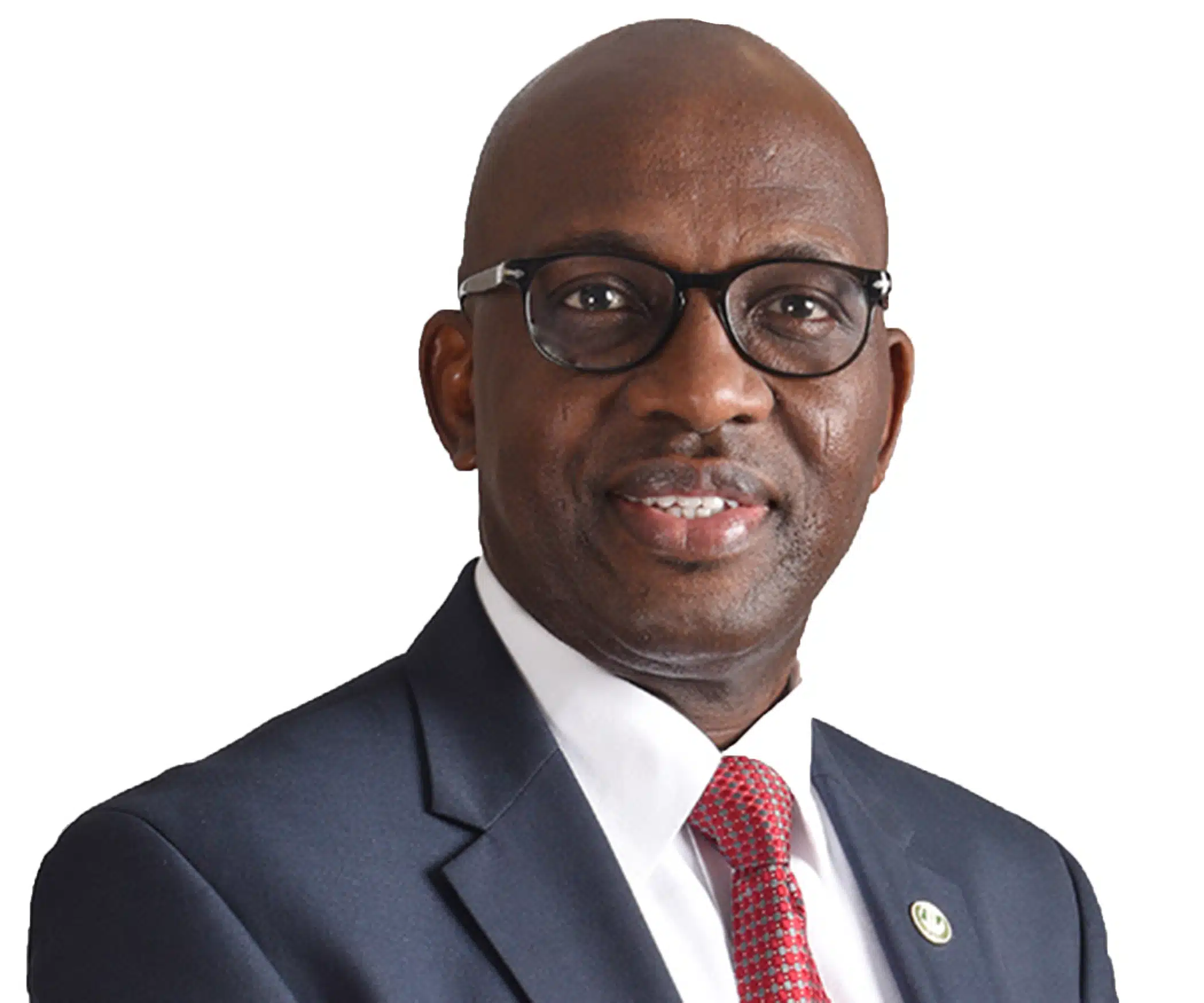Nearly three years after Namibia and Zambia announced plans to develop a multi billion dollar oil and gas pipeline linking the two countries, progress on the project has slowed to a standstill, raising questions about its future viability.
The Namibia-Zambia Oil Products and Natural Gas Pipeline (NAZOP) project was first introduced in 2022 as a private sector-led initiative. Both governments pledged political and logistical support.
However, former Namibian Minister of Mines and Energy, Tom Alweendo, revealed that the project has seen little to no progress since the agreement was signed.
“The project is taking longer than expected because it is not a government-led initiative. It’s being driven by the private sector, and so far, there has been very little communication from those promoting it,” Alweendo told Namibia Mining & Energy in a recent interview.
Lack of coordination stalls development
According to Alweendo, one of the early conditions for progress was for the Zambian promoters of the project to identify a Namibian partner.
He noted that this key step has not yet been fulfilled, creating a deadlock in the implementation process.
“As far as I know, there hasn’t been much progress. The Zambians saw a potential opportunity and were advised to identify a local business to collaborate with, but I’m not sure how far they’ve got with that,” he added.
The agreement to develop NAZOP was signed during the 10th session of the Namibia-Zambia Joint Permanent Commission of Cooperation.
At the time, the project was hailed as a strategic step toward enhancing regional energy security and supporting industrial development across the Southern African Development Community (SADC).
The proposed pipeline was expected to run from Walvis Bay in Namibia to Lusaka, Zambia’s capital, covering hundreds of kilometres and transporting refined petroleum products and natural gas.
It was also projected to create jobs, reduce fuel transportation costs, and attract further investment into both countries’ energy sectors.
To oversee the rollout, a joint technical committee involving representatives from both governments and the private sector was supposed to be formed.
However, no official meeting date was ever announced, and the committee has yet to convene.
As a result, critical steps such as route mapping, environmental assessments, and financial modelling have not commenced.
Ministry officials had earlier mentioned that these tasks would only begin once the committee was operational.
Regional competition raises new concerns
In addition, the dormancy of the NAZOP project comes at a time when Zambia is pursuing an alternative energy partnership with Angola.
In recent months, Zambia has advanced plans to build a US$5 billion oil pipeline with Angola, backed by Angola’s state oil firm SANANGOL and Zambia’s Industrial Development Corporation.
That project, also private sector driven, will focus on transporting refined fuel products from Angola to Zambia and has received significant political backing from both countries.
Unlike NAZOP, the Angola-Zambia pipeline has outlined timelines and secured institutional support.
Currently, Zambia relies heavily on crude oil imports through the TAZARA pipeline from Tanzania and refined fuel from Beira, Mozambique.
With limited refining capacity and rising fuel demand, the country is actively seeking diversified and stable supply routes.
While NAZOP still exists on paper, the lack of activity and private sector engagement has cast doubt on its future.
Government officials have not announced any new timelines or updates regarding the next steps.
Until key stakeholders demonstrate renewed commitment, future of the pipeline project, once billed as a game changer for regional oil logistics, remains uncertain.

